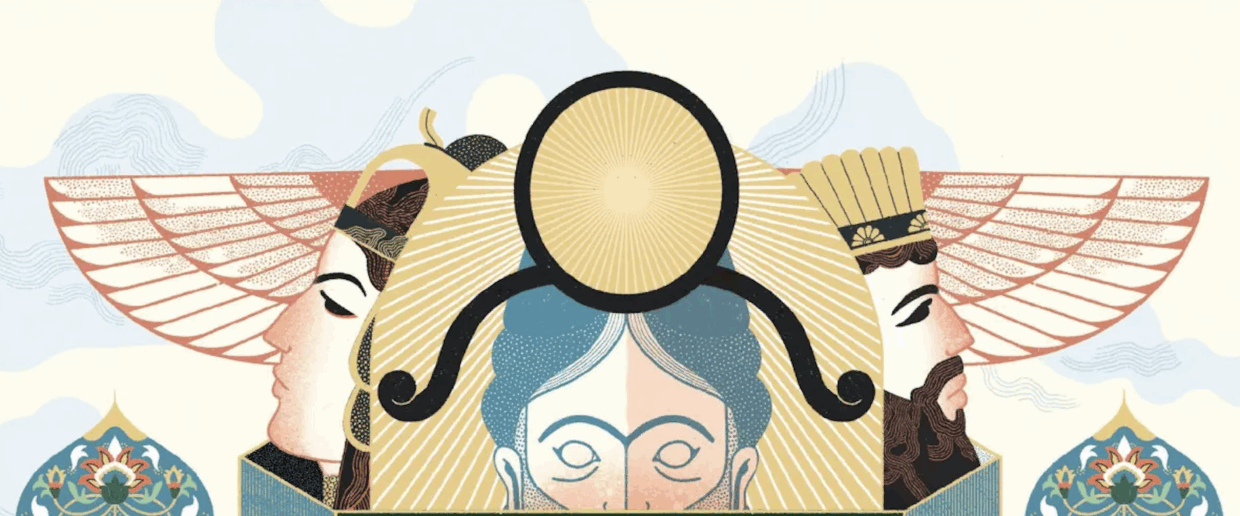When legendary warrior Rostam unknowingly battles his own son, their tragedy warns of how cultural divides, identity, and misunderstanding can echo across generations. The Persian myth of Rostam and Sohrab reflects broader struggles to bridge tensions between nations and peoples.
Between Myth and Modernity: On Persian Stories, Identity, and the US-Iran Divide

Key Takeaways:
- Ancient Persian stories remain relevant in modern discussions of identity
- Misrecognition and estrangement drive the tragedy of Rostam and Sohrab
- Themes of cultural misunderstanding transcend time and geography
- The US-Iran divide highlights how myths can frame and inform cross-cultural perceptions
- Understanding roots and heritage can prevent the tragedy of inadvertent conflict
Introduction
Persian mythology’s well-known tragedy of Rostam and Sohrab echoes across centuries, reminding us that the bitter consequences of misunderstanding are neither confined to a single time nor place. This ancient tale unfolds between a father and son unaware of their bond until it is too late, ultimately shining a light on deeper questions about identity and cultural divide.
The Tragedy of Rostam and Sohrab
In one of the most poignant chapters of Persian mythology, Rostam—heralded as a legendary warrior—faces an opponent on the battlefield without realizing that it is his own son, Sohrab. Separated from his father while growing up, Sohrab, too, fails to recognize Rostam when they meet. Their fated confrontation ends only once Rostam has dealt the fatal blow, and the shocking truth of their connection emerges.
“It’s a tragedy built on misrecognition,” the original text notes. In the moment of combat, father and son both remain ignorant of their shared lineage. Their heartbreaking story underlines how overlooked connections and misconceptions can lead to devastating outcomes.
Linking Myth to Contemporary Issues
Though their story dates back to ancient times, the themes of estrangement and ignorance underlie many modern cultural conflicts, including tensions between the United States and Iran. The symbolic clash between Rostam and Sohrab suggests that disconnect can stem from a lack of knowledge about the other’s identity—something that can happen on both personal and international levels. By paralleling the estranged father and son to nations with deep-seated historical misunderstandings, this myth offers valuable insight into how fractured bonds might be reconciled.
Universal Lessons
Myths often continue to resonate because they speak to human experiences that transcend time and place. Here, the tragedy reveals the importance of knowing one’s own roots, as well as recognizing common ground with those we may see as “others.” Lessons on how misinterpretations can spark conflicts are more relevant than ever in a global landscape often shaped by cultural biases.
Conclusion
Rostam and Sohrab’s story reminds us that estrangement, whether familial or between nations, can have dire consequences when left unreconciled. By revisiting such powerful myths, we can learn to recognize shared threads of humanity, bridging divides that have persisted for generations. In a world where misunderstanding remains a constant threat, the lessons offered by this ancient Persian tale are as critical now as they ever were.











